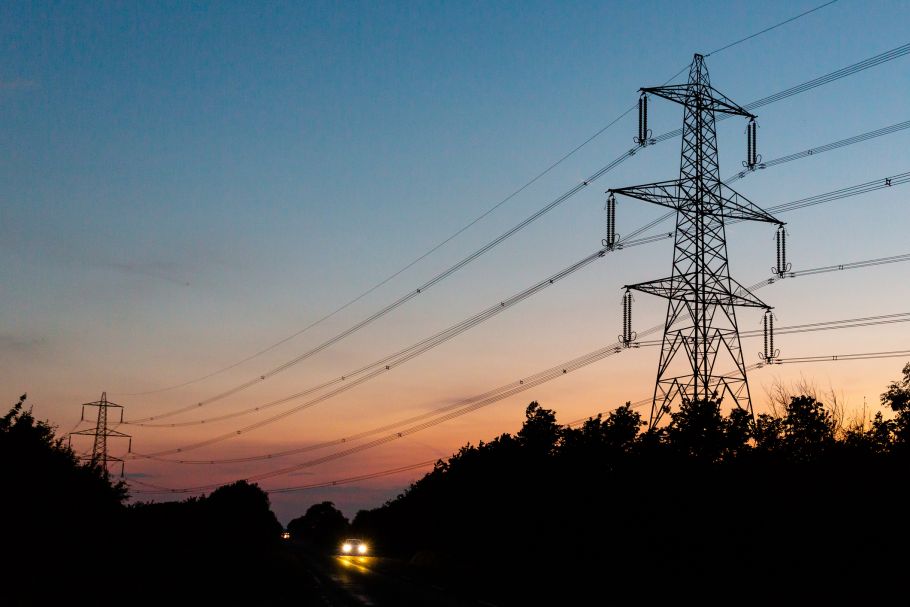
Date published: 24 November 2023
The onshore wind sector deal for Scotland: near-term aims to hit 2030
Just a few short months ago, we published an article noting the ambitious target to put in place an onshore wind sector deal for Scotland by September 2023. That target was realised on 21 September 2023, with the Scottish Government (the Government) and those in the Scottish onshore wind sector (the Sector) signing the Onshore Wind Sector Deal (the Sector Deal) at the Onshore Wind Conference.
The Sector Deal sets out commitments from both the Government and onshore wind industry participants to deliver on the Government’s ambition to deploy 20GW of onshore wind by 2030 (the 2030 Target).
As previously noted, this would mean more than doubling Scotland’s current level of onshore wind capacity. However, the Sector Deal is not solely aimed at increasing capacity, it also sets out a range of measures aimed at balancing energy production with environmental stewardship and ensuring sustainable growth.
The Sector Deal is structured around six key themes (as highlighted in bold below) and, in each case, clearly sets out action to be taken by the Sector, the Government, or undertaken collaboratively in order to support onshore wind development.
Importantly, the Sector Deal also sets out a high-level timetable for the key milestones to be delivered by 2030 and provides for ongoing public reporting by the Scottish Onshore Wind Strategic Leadership Group (the architects of the Sector Deal) on at least an annual basis.
To highlight a few of the key nearer-term goals outlined in the Sector Deal to keep on your radar:
- supply chain and skills – by the end of Q1 2024, the Sector and the Government are to establish a working group and publish a paper outlining the range of skills needed by industry to deliver the 2030 Target;
- community – by the end of 2024, the Sector and the Government are to collaborate with other relevant stakeholders to establish a standard approach to the financial management of community benefits funds;
- land use and environment – by the end of Q1 2024, the Government are to provide clear guidance to developers and planners on the expectations associated with environmental protection and enhancement, including through publishing guidance on National Planning Framework 4 biodiversity policy;
- legislative and regulatory – by the end of 2023, the Sector is to provide clear information on the expected pipeline of new wind farms, extensions to existing wind farms, and re-powering projects;
- planning – by the end of 2023, the Sector and the Government are to establish a collaborative working group to develop a recommended standard scope and format for Environmental Impact Assessment Reports. This action is then to be completed by the end of Q2 2024; and
- technical – by the end of 2023, collaboration between key stakeholders is to deliver the results of a comprehensive national survey establishing the extent of aviation-related issues associated with onshore wind farm development and permitting.
Undoubtedly, there remains challenges to the development of onshore wind projects in Scotland. However, the Sector Deal sets out a roadmap by which the Government, the Sector, and other stakeholders can work together to seek to swiftly overcome some of those obstacles and ensure that onshore wind can be a valuable part of Scotland’s push to net zero. We will keep you posted on further developments as all parties seek to implement the terms of the Sector Deal.
To find out more contact us here
Sectors: Clean Energy, Energy and Natural Resources, Energy Markets and Regulation














